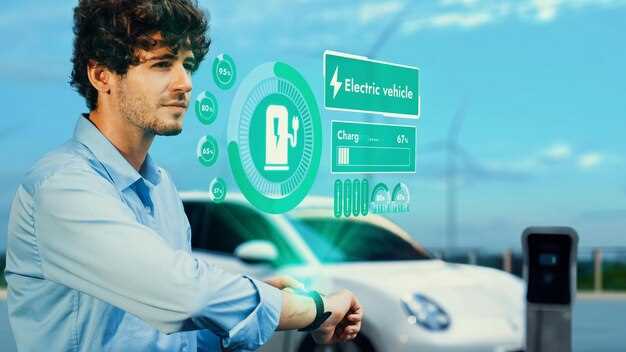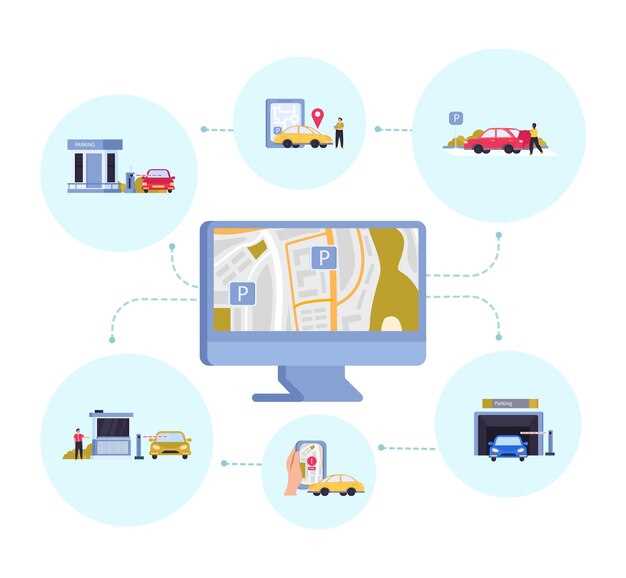
The rapid advancement of technology has paved the way for innovative solutions aimed at improving road safety and enhancing the driving experience. One such breakthrough is the Vehicle-to-Vehicle (V2V) communication system, a sophisticated network designed to facilitate real-time data exchange between vehicles on the road. This system enables vehicles to share critical information regarding their speed, location, and direction, which can significantly mitigate the risks associated with road accidents.
At its core, V2V communication serves as a proactive safety measure. By allowing vehicles to “talk” to one another, this technology provides drivers with vital situational awareness, helping them make informed decisions while navigating their surroundings. For instance, if a vehicle detects an impending collision or sudden braking ahead, it can instantly relay this information to nearby vehicles, allowing them to react promptly and avoid potential hazards. The implications for vehicle safety are profound, as this interconnected approach has the potential to reduce accidents and save lives.
Moreover, the integration of V2V communication systems also supports the development of autonomous vehicles, making them more efficient and adept at processing complex traffic scenarios. As the world moves towards smarter transportation ecosystems, understanding the mechanisms and benefits of V2V communication is critical for shaping a safer and more intelligent vehicular landscape.
How V2V Technology Enhances Collision Prevention
Vehicle-to-Vehicle (V2V) communication technology plays a crucial role in minimizing the risk of collisions on the road. By enabling vehicles to exchange real-time data regarding their speed, direction, and location, V2V systems enhance situational awareness among drivers. This increased awareness is critical in preventing accidents, especially in complex driving situations such as intersections and merging lanes.
One significant advantage of V2V technology is its ability to provide alerts about potential hazards. For instance, if a vehicle suddenly brakes ahead, the V2V system can notify following vehicles, giving them crucial seconds to react and adjust their speed. This proactive approach significantly reduces the likelihood of rear-end collisions and other common accidents.
Moreover, V2V communication facilitates advanced safety applications, including intersection collision avoidance. By sharing information about upcoming traffic signals and nearby vehicles, V2V systems can warn drivers of potential conflicts, thereby enhancing decision-making in real-time. Such applications help in reducing accidents that often occur due to misjudgments during critical driving moments.
Furthermore, V2V technology aids in improving traffic flow, which indirectly contributes to collision prevention. By enabling vehicles to communicate with each other, traffic congestion can be alleviated, reducing stop-and-go situations that frequently lead to crashes. Smooth traffic movement minimizes the stress on drivers and allows for safer driving behaviors.
In summary, V2V technology enhances collision prevention through real-time data sharing, hazard alerts, and improved traffic management. As more vehicles become equipped with V2V systems, the potential for safer roads increases, paving the way for a future with fewer accidents and improved overall road safety.
Real-Time Data Sharing: Impacts on Traffic Management

Real-time data sharing through Vehicle-to-Vehicle (V2V) communication systems significantly enhances traffic management strategies. This technology enables vehicles to communicate essential information such as speed, direction, and location to one another. By sharing this data instantaneously, vehicles can make informed decisions that contribute to smoother traffic flow and reduced congestion.
The implementation of V2V communication facilitates proactive responses to changing road conditions. For example, if one vehicle detects a sudden obstacle or traffic jam, it can immediately alert surrounding vehicles. This sharing of information allows for early warning systems that can prevent accidents and improve overall roadway safety.
Moreover, V2V communication systems can optimize traffic signal timing and routing efficiency. Traffic management centers can aggregate data from multiple vehicles, analyze it in real-time, and adjust signal timings accordingly. This dynamic management helps reduce wait times at intersections and promotes a balanced distribution of vehicles across the road network.
Additionally, V2V communication contributes to better utilization of available infrastructure. By coordinating movements, vehicles can minimize unnecessary accelerations and decelerations, leading to fuel savings and decreased emissions. This not only benefits individual drivers but also contributes to broader environmental goals.
Furthermore, the integration of V2V communication with existing traffic management systems can enhance predictive analytics. By harnessing data from various vehicles, traffic managers can forecast peak traffic patterns, enabling preemptive measures such as deploying additional traffic officers or adjusting public transport schedules.
In conclusion, real-time data sharing via V2V communication is transforming traffic management. The ability of vehicles to exchange critical information leads to enhanced safety, improved traffic flow, and a more sustainable transportation ecosystem.
Challenges in Implementing V2V Communication for Safety

Vehicle-to-Vehicle (V2V) communication is a transformative technology with the potential to enhance road safety significantly. However, several challenges impede its widespread implementation:
- Technical Reliability:
Ensuring that V2V systems function flawlessly under varying conditions is critical. Signal interference, especially in urban areas, can compromise the integrity of communications between vehicles.
- Standardization:
The absence of universal standards complicates equipment compatibility. Different manufacturers may adopt varying protocols, hindering seamless communication between vehicles from different brands.
- Privacy Concerns:
As V2V systems collect and transmit data about vehicle locations and movements, concerns regarding user privacy arise. A robust framework must be established to protect sensitive information.
- Infrastructure Development:
For V2V communication to be effective, supporting infrastructure is necessary. Investments are needed in road sensors and upgraded traffic management systems to facilitate real-time data sharing.
- Vehicle Legacy Systems:
Many vehicles on the road today lack V2V capabilities. Retrofitting older models is challenging and costly, which slows down widespread adoption of this safety technology.
- Regulatory Hurdles:
Various regulations must be harmonized at local, national, and international levels to govern the implementation and usage of V2V technology. Achieving consensus can be a lengthy process.
- User Acceptance:
Public perception of V2V communication impacts its success. Drivers must trust the technology and understand its benefits before embracing the transition.
Addressing these challenges is crucial for the successful adoption of V2V communication technologies. Collaborative efforts from industry stakeholders, governments, and consumers will facilitate the development of safer roadways.




